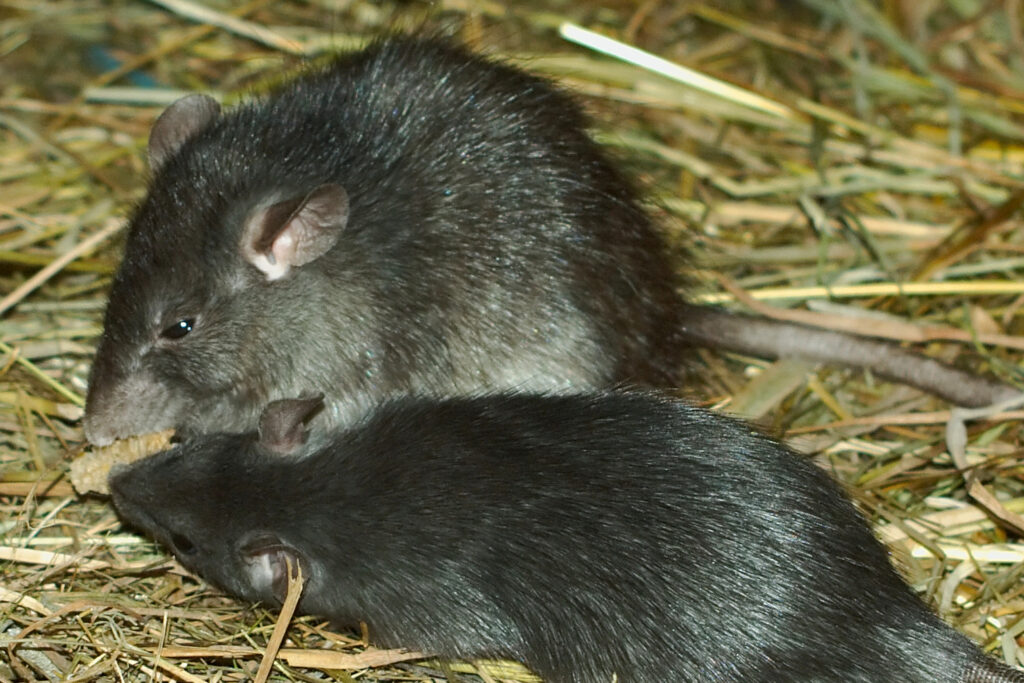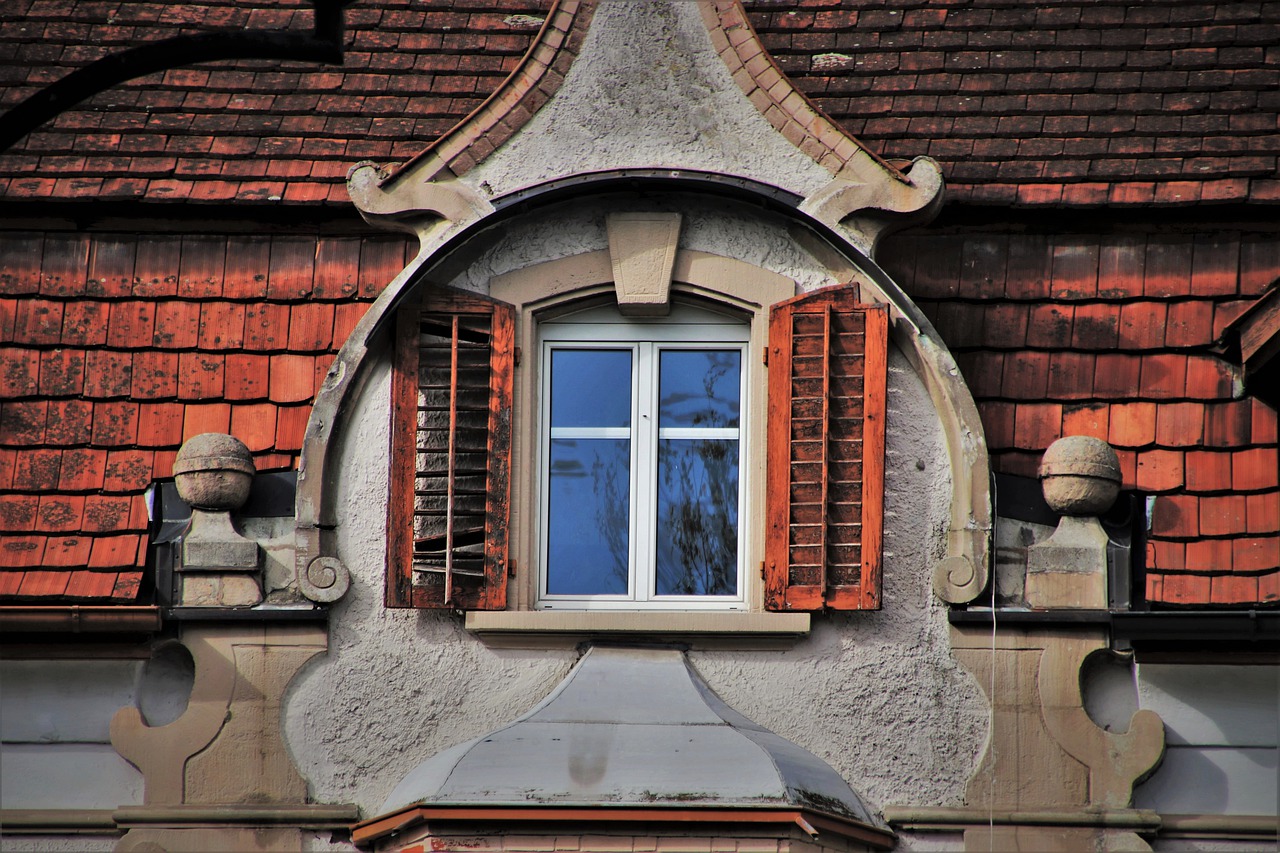Do you know that there are actually different rat species that can invade your home? One of the most common among them is the roof rat – also known as the black rat (Rattus rattus). If you think you have rats in your attic, they are probably roof rats. Here is how you can get rid of rats in your attic for good.
What are roof rats?
Roof rats are rats that like elevated places such as attics and roofs. Their interest in these places is how they have acquired the name roof rat.
Roof rats can be black or brown. They have large ears and pointed snouts. Their tails are so long – often longer than their bodies. Roof rats are smaller compared to other common rat species, such as Norway rats (Rattus norvegicus).
But like other rat species, roof rats can be very smart and troublesome. You may have a hard time getting rid of them.
What are the dangers associated with roof rats?
Yes, roof rats can be a challenge to deal with, but you have no choice! Roof rats are potentially dangerous and pose a threat, not just to you and your family, but also to your property. Roof rats can:
- Spread diseases. Like other rat species, roof rats are notorious disease-spreaders. You can get a variety of diseases by getting in contact with their bodies, droppings, urine, and saliva.
- Cause structural damage. Roof rats can gnaw on the different parts of your home. If you are lucky, they will only destroy cardboard boxes and furniture. If you are not so lucky, they can destroy your electrical wirings and insulation.
- Start fires. Because roof rats gnaw on electrical wirings, it’s only a matter of time before they cause fires. Wires that are exposed can spark and lead to a fire, especially when they get into contact with the insulation and other materials that may be on your roof.
What are the signs that you have a roof rat infestation?
Different rat species will require different pest control methods. But when it comes to signs of infestations, all rat species are pretty much the same. They leave the same clues behind. Here are the most common signs you should look for.
- Droppings and urine. Roof rat droppings are dark and small. Their urine is pungent and yellow. Droppings and urine are dangerous because they can easily spread diseases, especially if you consume something that has been in contact with them. Clean them up as soon as you can.
- Grease marks. Grease marks are often black, brown, or yellow. The grease comes from the fur of the roof rats. These pests smear the grease onto your walls as they travel around your property. Scrub the grease marks immediately if you don’t want discoloration and permanent staining on your walls.
- Live rats. This is the most obvious sign that your property has a roof rat infestation. Remember that roof rats are small and have long tails. Seeing live rats can also mean that the infestation is already severe. It may mean that the rats are already crowded in their nests.

How do you get rid of the roof rats in your attic?
1. Hire pest control professionals
The best way to get rid of the roof rats in your attic is by getting the help of pest control professionals. Sure, it will cost you some money. But most of the time, it’s just better to pay experts instead of bothering yourself with methods that may not work. Rats are smart after all. And they won’t appreciate you trying to get rid of them.
Letting professionals do the job means you are putting yourself at less risk. You will have less contact with the rats themselves: their droppings, urine, and saliva.
2. Seal all entry points
Roof rats are in your attic because you have allowed them access… If you can seal these access points, your problem is half-solved. Here are the most common entry points for roof rats:
- Cracks on ceilings and walls
- Holes in electrical and piping systems
- Small gaps in doors and windows
Seal the cracks and holes with caulk or whatever material is appropriate. Keep doors and windows closed.
3. Cut tree branches
Roof rats are great climbers. They can climb trees and other tall structures and objects with ease. The problem with these tall structures and objects is that they have the tendency to connect to your home. They can serve as a bridge. Tree branches that lead to open windows in the attic are great passageways for roof rats.
Cut them so they don’t become bridges into your home.
4. Keep your home’s exterior tidy
Why are there roof rats on the tall structures and objects around your home in the first place? The pests may be attracted to other things that can be found in your garden, lawn, and yard. Make sure you don’t have food and water outside that may attract roof rats. This includes fruits and vegetables from your garden, pet food and water bowls on your lawn, and craters with stagnant water in your yard.
5. Don’t leave food and water unattended
Food and water are major attractors of all kinds of pests, not just roof rats. Make sure to put all your food and water products in cabinets, containers, and refrigerators. This way, they are inaccessible to pests that may invade your home because of them.
Also, don’t forget to seal your garbage cans. Remember that they are food and water sources as well.
6. Try using baits and traps
You can buy rat baits and traps to lure and contain the pests. But make sure you are using baits and traps that actually work for roof rats. After all, different rat species will require different extermination methods.
Roof rats will practically eat anything. But fruits, seeds, and nuts could be very good baits. Also, remember that roof rats are somewhat smaller compared to other common rat species. Their size can affect the rat traps you could buy.

Get rid of the roof rats in your attic now
You don’t have to suffer from a roof rat infestation forever. There are ways to get rid of the annoying and dangerous rats in your attic. It’s best to hire pest control professionals, but it’s also not a terrible idea to try and get rid of the pests yourself, especially if the infestation is still in its early stages and is still manageable for amateurs.
The important thing is to get rid of the pests completely. Whether you are going to do that with a professional or with yourself is up to you.

